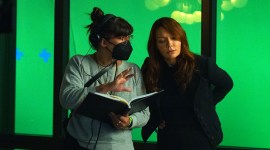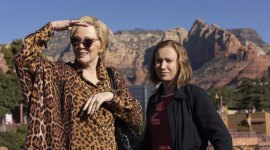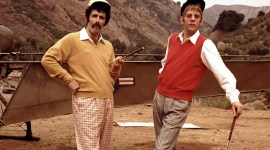
Why It Doesn’t Matter That WW84 Failed at Storytelling
The Wonder Woman journey has been a long and arduous one. Let’s take a look at her history and what brought WW84 to the big screen.
The beautiful appeal of serialized characters is that you’re continually seeking to get them into new situations. One film doesn’t tell the whole story.
The Serialized Journey
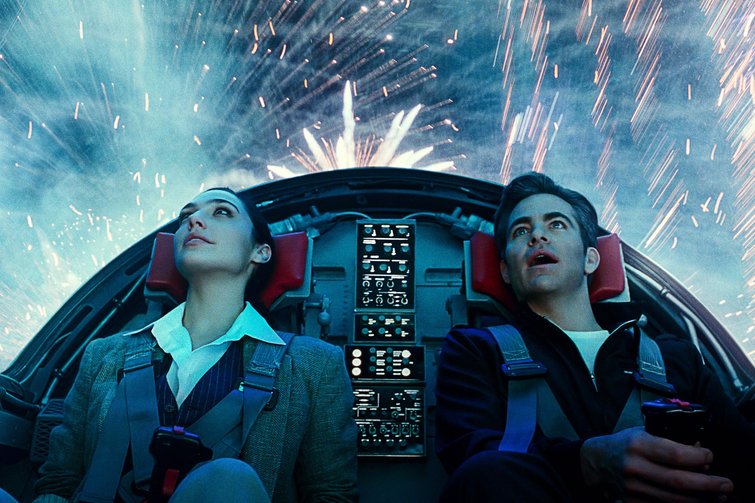
Major League Baseball slugger Ted Williams once went eight games without getting a hit. This is the man who won six batting titles, four home run Crowns, two MVPs, and two Triple Crowns. This is the man who had a greater career on-base percentage than Joe DiMaggio! The story of Ted Williams’ illustrious career isn’t defined by those eight hitless games, but by how many times he came to the plate and produced magic.
Like all beloved, serialized characters—real or imagined—your attraction and investment in their story are part of the long game. To be given one go around on the big screen, for example with a Harry Potter, Superman, or Katness Everdeen, would feel like a disservice, not so much because we’re waiting for the character’s evolution, but for our own deeper understanding of an unfamiliar, complex world.
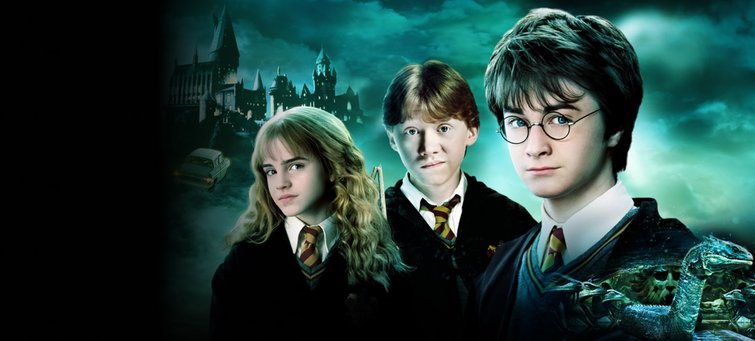
Even films that don’t completely satisfy artistically—the clunky three-hour ride of Harry Potter and the Chamber of Secrets, the anti-climactic finale of The Hunger Games: Mockingjay Part 2, and the no-need-for-adjectives horrific Batman V Superman: Dawn of Justice—are still part of that journey of understanding. In fact, 2014’s Dawn of Justice gave us a glimpse of something big screen audiences had been craving for years, the presence of Wonder Woman.
The History of Wonder Woman
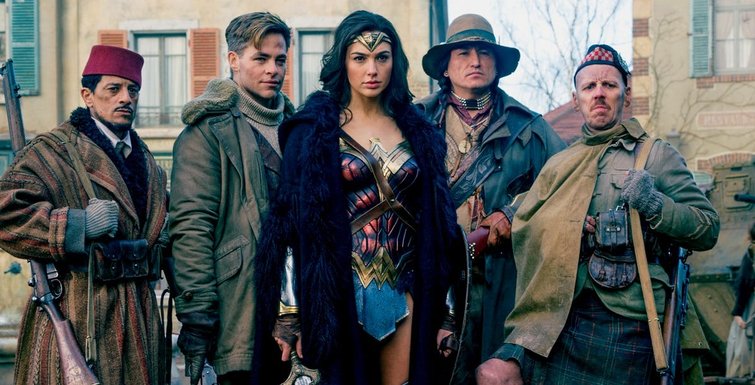
Like the thrill of finally going out with the mad crush you lacked the courage for years to pursue, 2017 at long last gave us a stand-alone Wonder Woman film. The Amazonian princess first arrived in comics in 1941, as the brainchild of psychologist William Moulton Marston, who had the idea of crafting a superhero that fights with love and empathy rather than violence. His progressive idea and feminist leanings drove Wonder Woman through the 50s and 60s as a model of strength and equality. After Marston died and others took the reins, the feminism regressed, but not her popularity.
Wonder Woman is the third longest running comic book in history—behind the behemoths of Superman and Batman. Superman first arrived in movie theaters with 1951’s Superman and the Mole-Men and Batman: The Movie debuted in 1966. Wonder Woman waited seventy-six years to reach the big screen. Talk about the long game.
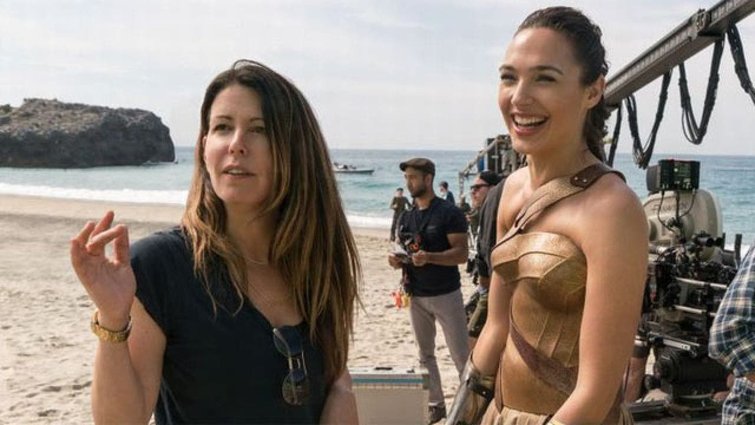
Director Patty Jenkins first discussed the project with Warner Bros in 2004, dropped out and then back in years later. She described to Marc Maron on his WTF podcast the arduous task she had with the studio to allow her vision for the film.
When I first joined Wonder Woman, it was like, ‘Uhh, yeah, OK, but let’s do it this other way.’ But I was like, ‘Women don’t want to see that. Her being harsh and tough and cutting people’s heads off . . . I’m a Wonder Woman fan, that’s not what we’re looking for.’ Still, I could feel that shaky nervousness [on their part] of my point of view.
-Patty Jenkins
And, although there have been numerous comic book box office bombs directed by men and featuring male protagonists such as 2015’s The Fantastic Four or 2011’s Green Lantern, the resistance was palpable.
They were nervous that it wasn’t viable . . . They were all freaked out by all the female superhero films that had failed, the smaller ones that had failed.
-Patty Jenkins
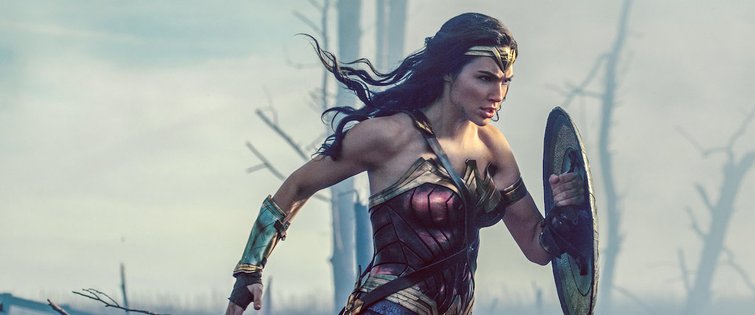
However, Wonder Woman was too big to fail. The built-in fan base since 1941 had willed her success. The Jenkin’s film in 2017 had the benefit of utilizing the vibrant blueprint of Wonder Woman’s origin story, which was rich in plot and character. Audiences were able to experience Diana on the hidden island of Themyscira (home to the Amazons), watch her warrior training, and witness her rescue and first high-chemistry encounter with WW1 US pilot, Steve Trevor.
It was an inspired choice to set her first exposure to the outside world during the Great War of 1917. It was a brutal, devastating conflict and a perfect vehicle for Diana to be faced with the revelation of the dangers of gods and men, form new emotional attachments, and discover that only love can save the world.
Clinical psychologist Robin Rosenberg, in Smithsonian Magazine, opined about the psychology of superheroes and specifically the appeal of the origin story to fans and their lives.
I think origin stories show us not how to become super, but how to be heroes, choosing altruism over the pursuit of wealth and power.
-Robin Rosenberg
The Journey to WW84
It feels like Jenkins took that sentiment to heart when devising the next installment of Wonder Woman. From the opening moments when young Diana flies through a series of competition obstacles in pursuit of being the best, she is tested in strength and heart. And, if we didn’t get that a lesson in altruism was about to be explored over the next two and a half hours, her mentor offered this encouragement: “Just do your best and remember that greatness is not what you think.” The studio released the scene ahead of WW84‘s debut and it was deft marketing. The opening is the most successful part of the sophomore effort.
On paper, the idea works. It’s now 1984, sixty-eight years since she battled the god Ares and the German’s plans for a deadly poison released on mankind. She has stayed in the outside world because her time with Steve Trevor convinced her of the good within humans and has committed to being their protector.
Setting Wonder Woman in the “greed is good” decade was sharp, as it provided a counter point to all Diana has come to believe about humanity, that most people are led by their better angels. It also gave her decades to internalize the loss of Steve and be vulnerable to temptation—if only she could get him back.
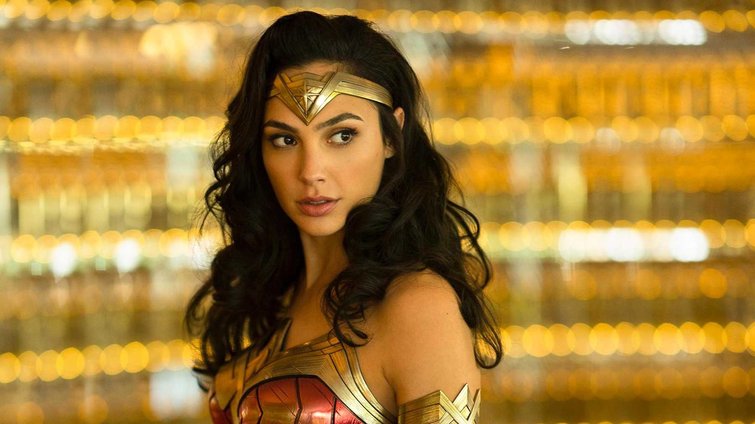
Enter DC Comics fictional super villain, Maxwell Lord, with the ability to grant her that wish. Usually depicted as a shrewd and powerful businessman, Jenkin’s gives us the Trump treatment—a charismatic charlatan with a winning TV persona and a mountain of debt. Presumably to impress his son, he’s searching for a mysterious Dreamstone, an artifact that can seemingly grant wishes upon contact with any user. He drops wish fulfillment like candy contracts, but greed ensnares his soul and soon his possession of the stone has dire consequences for the world.
If the screenplay had focused on Wonder Woman—her loss, grief, and struggle maintaining that the needs of the many outweigh the needs of the few (H/T to Spock!)—it could’ve been a home run. How fascinating would it have been to see Diana navigating her personal life while she mourns? The film could have gone darker. Does she have one night stands in an attempt to fill the void? Engage in any reckless behavior as a superhero? Who does she report to and what missions does she undertake?
The film is very vague in that regard. Are we to believe she spends her time swinging around malls and punching randy drunks in alleyways? Really? That’s the best use of her time and talent? All we get to demonstrate her loneliness is a lovely dinner by herself. Come on, most modern women would welcome the stillness of savoring a glass of wine and a bite to eat at a charming sidewalk café.
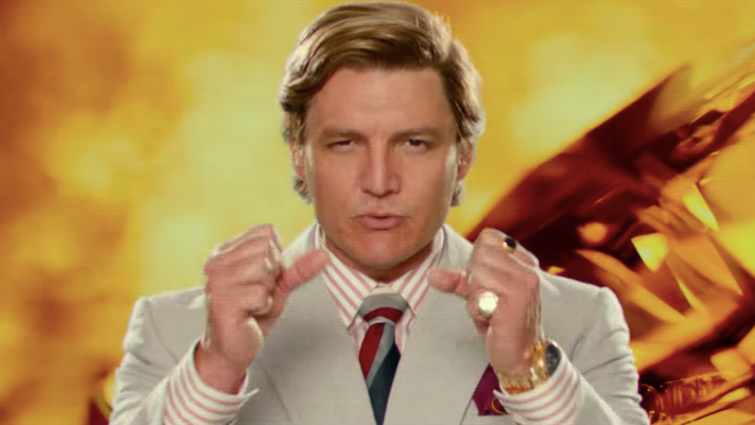
Oddly, the screenplay spends more time with the antagonists, including a superficial exploration of the potentially delicious nerd turned villain, Dr. Barbara Minerva a.k.a. Cheetah. Could nothing more interesting than Diana’s ability to walk in high heels motivate Barbara’s envy? The focus, in general, always seemed to be on the cheap laugh as evidenced with the approach to the decade (fanny packs and parachute pants), rather than the Milken era of economic malfeasance that could have made Max a more formidable foe. And, despite all the chaos Max and Barbara wield, there are no consequences. Max conveniently runs into the arms of his mostly forgotten son and Barbara’s fate is left dangling. Wonder Woman pays them no heed.
Still, Rotten Tomatoes audience response is a respectable 74%. For comparison on a lesser superhero outing, Spiderman 3 sits at 51%. It’s disappointing, for sure, that the second film missed the mark on digging deeper, taking risks, and investing the audience in a meaningful way in her journey. If it had, her final monologue—an impassioned plea for everyone to renounce their wishes for the greater good—would have packed an emotional punch.
However, the beauty of an enduring character is that the opportunity will come again. The next film could fill in those story gaps, jet ahead, or jump back in time. And, if it does, we would have to revisit WW84 and judge it differently.
In the end, the promise of the next film is what fuels the audience and allows for missteps. If Star Wars fans can still love and forgive and invest after Jar Jar Binks, Wonder Woman can surely soar past 1984.
- LGBTQ+ Films and Filmmakers That Are Making History
- Interview: Shooting a Parody Commercial with the Foo Fighters
- What Does a Film Producer Do?
- Universal “Trolls” Movie Theaters, AMC and Regal Fight Back
- Finding Comedy in the Real World with “How to with John Wilson”
Cover image via Warner Bros.



